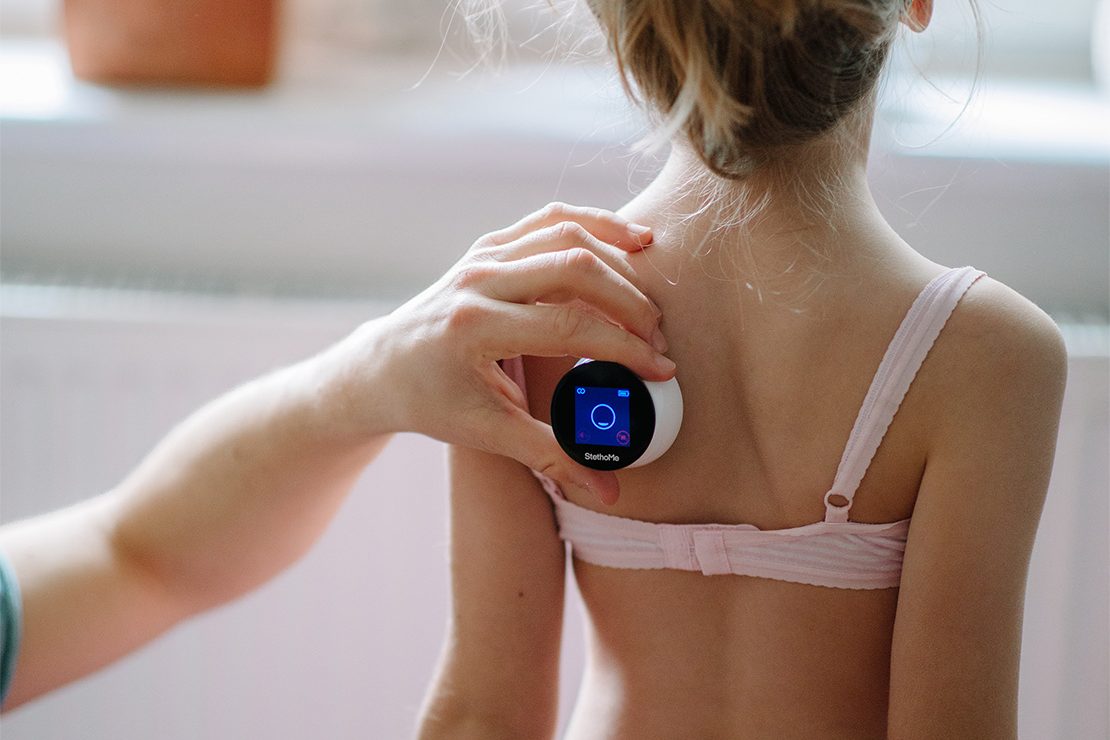Bronchial asthma is a chronic inflammatory disease of the respiratory tract, the diagnosis of which is always a significant health challenge for the patient and their close ones. It is especially so if we are talking about early childhood asthma or childhood asthma, which is something parents lose sleep over – often literally.

The symptoms of bronchial asthma in children, such as cough attacks, characteristic wheezing breathing, and dyspnoea, often disturb children’s good night’s rest and limit their activity during the day. The symptoms of asthma fluctuate depending on the infectious factor, sensitisers, environmental conditions, weather, air quality, and presence of other stress factors. The onset of asthma in a child may be very non-specific, making it difficult to diagnose it, implement effective treatment, and maintain appropriate control and prevention of aggravations. Asthma and allergy are often present simultaneously, complicating the diagnostic and therapeutic process, although it has been impossible to establish a fully evident and perceptible cause of asthma so far.
What is a fact, however, is that the asthma attacks constitute a significant strain on a child’s body, reducing the quality of their functioning in the environment and – in case of severe aggravations – constituting a serious hazard to their health and life. The paramount objective of the therapeutic activities carried out is to limit or suppress the inflammation in the bronchi using medicines like inhaled steroids or bronchodilators. Thanks to appropriate pharmacotherapy, it is possible to control asthma and its symptoms, but the key to a correct and effective treatment of an asthmatic child is proper monitoring of symptoms, early detection of aggravations, and treatment supervised by a specialty doctor. An integrated approach to supervising asthma that employs the most recent technologies provides full access to information on the condition of a child’s respiratory system, irrespective of the time and place of examination. During the present time of limited personal contact with doctors and popularisation of remote medical consultations, the remote measurement and monitoring devices constitute a comprehensive solution for asthmatics. An example solution that supports monitoring of parameters significant with regard to asthma is the AioCare system – a personal portable smart spirometer. What can also be considered for the purposes of providing effective care, is a pulse oximeter – a device for measuring oxygen saturation levels in the blood.
Another helpful device is StethoMe Asthma, a certified medical product that enables home detection of even minor auscultatory changes in a child’s respiratory system, relying on artificial intelligence algorithms – StethoMe AI. Its system is based on simultaneous detection of abnormal auscultation sounds and measurement of respiratory parameters that are of key importance for controlling asthma. The parameters analysed change their values if the disease becomes aggravated. If any parameter deviates from the normal range, StethoMe® notifies about this immediately. A parent can send the examination results to their doctor quickly and easily, obtaining medical advice and appropriate instructions regarding modifying the doses of medicines, if necessary. Become familiar with the capabilities of the StethoMe Asthma system and check out this smart method of having your child’s asthma under control.
Sławomir Kmak
















